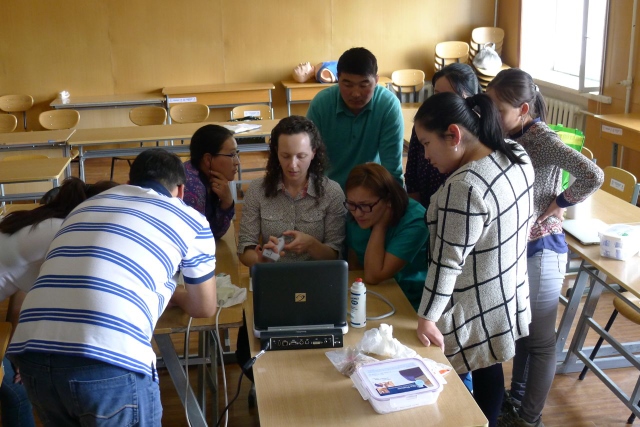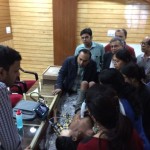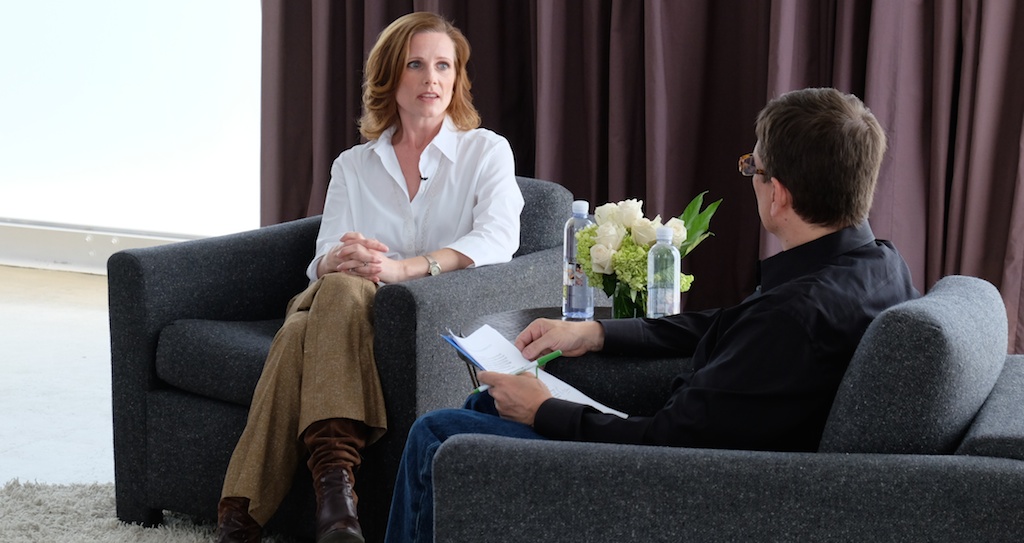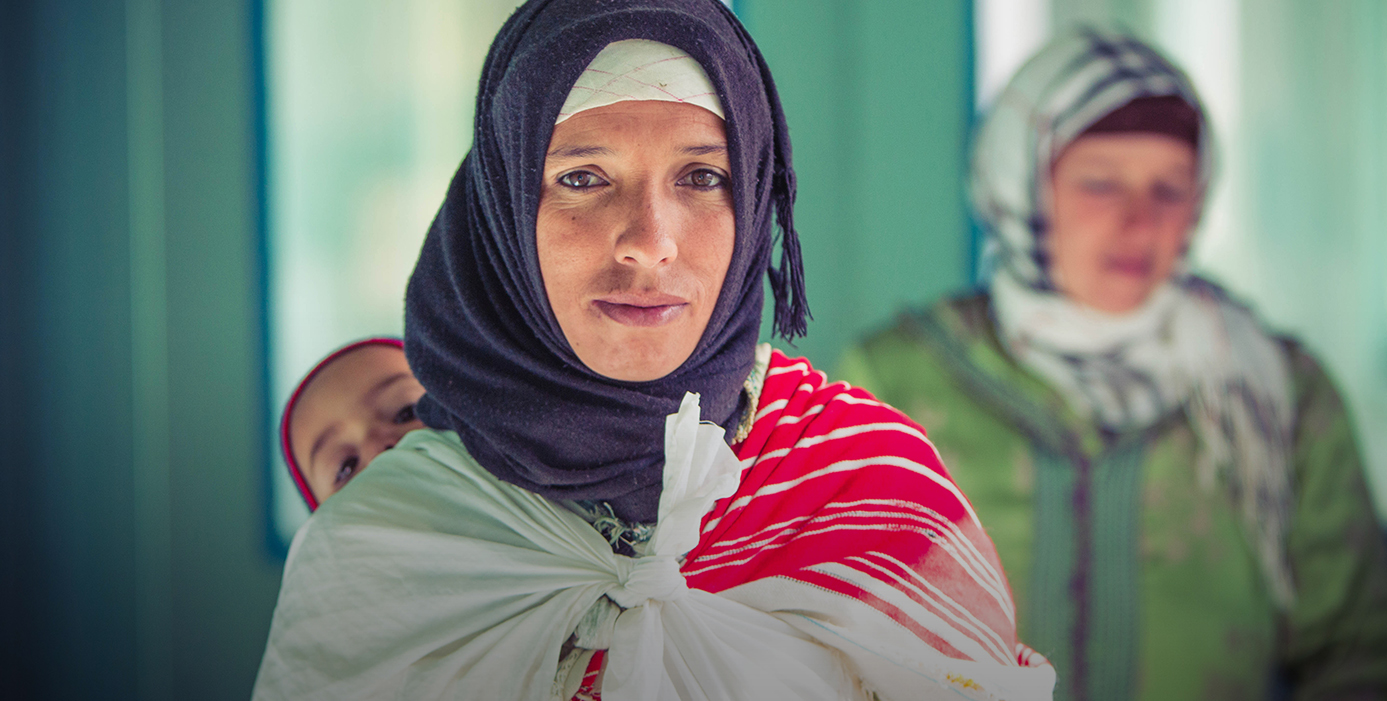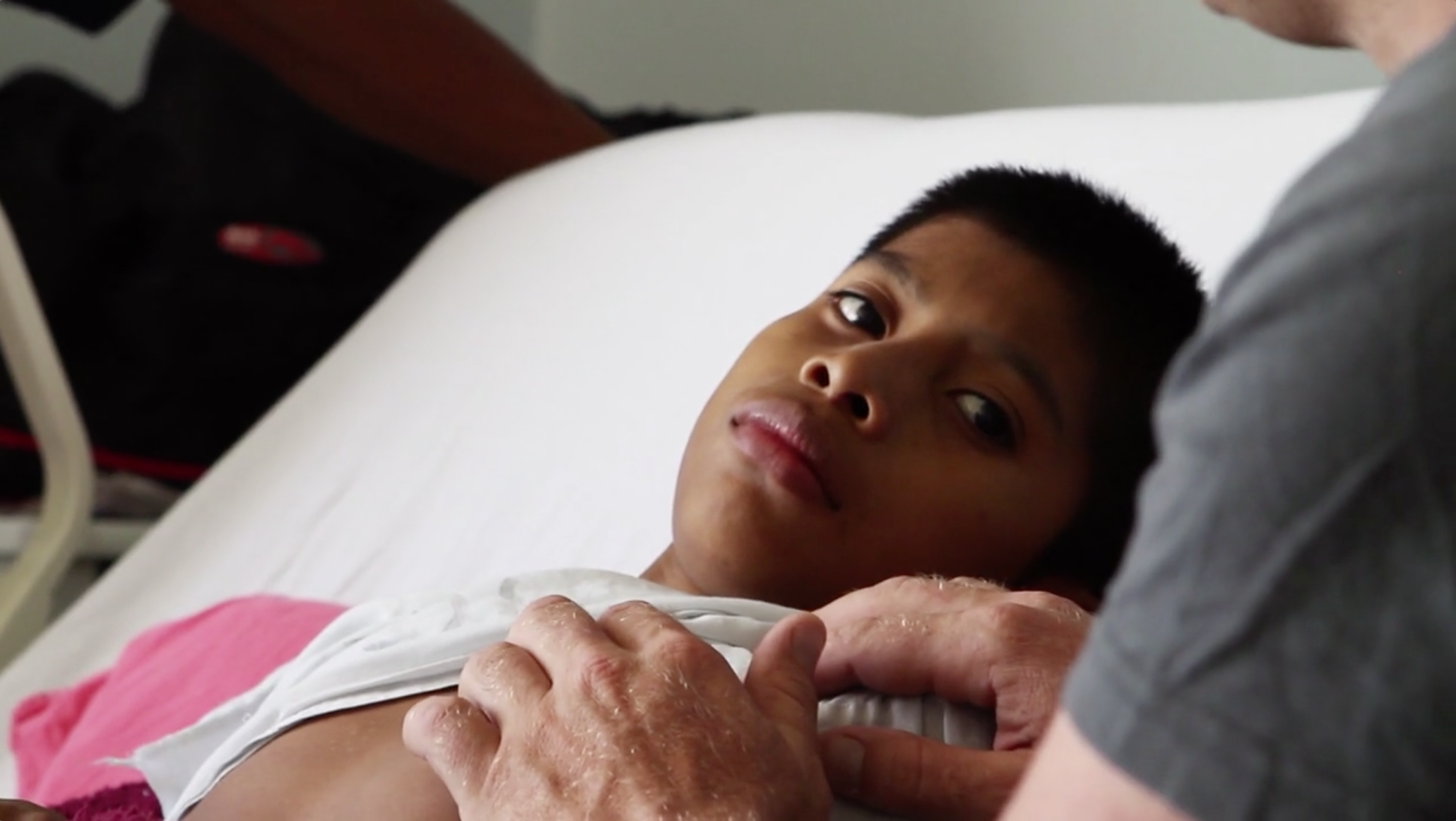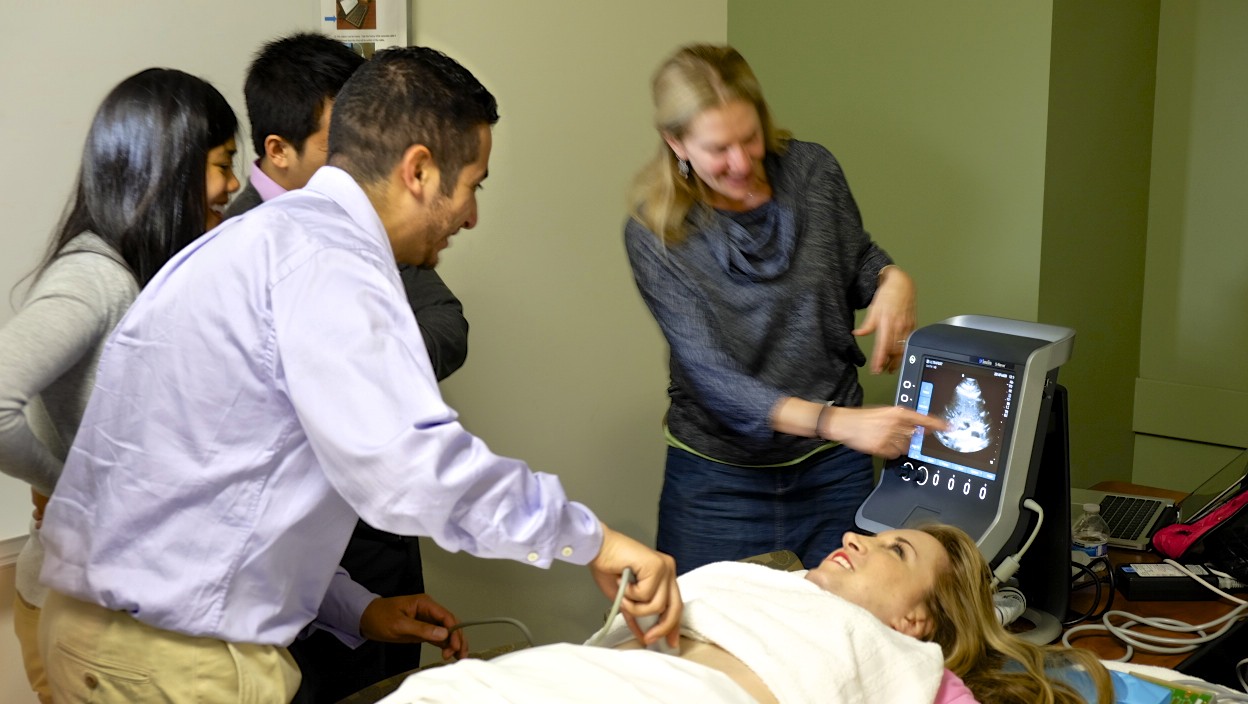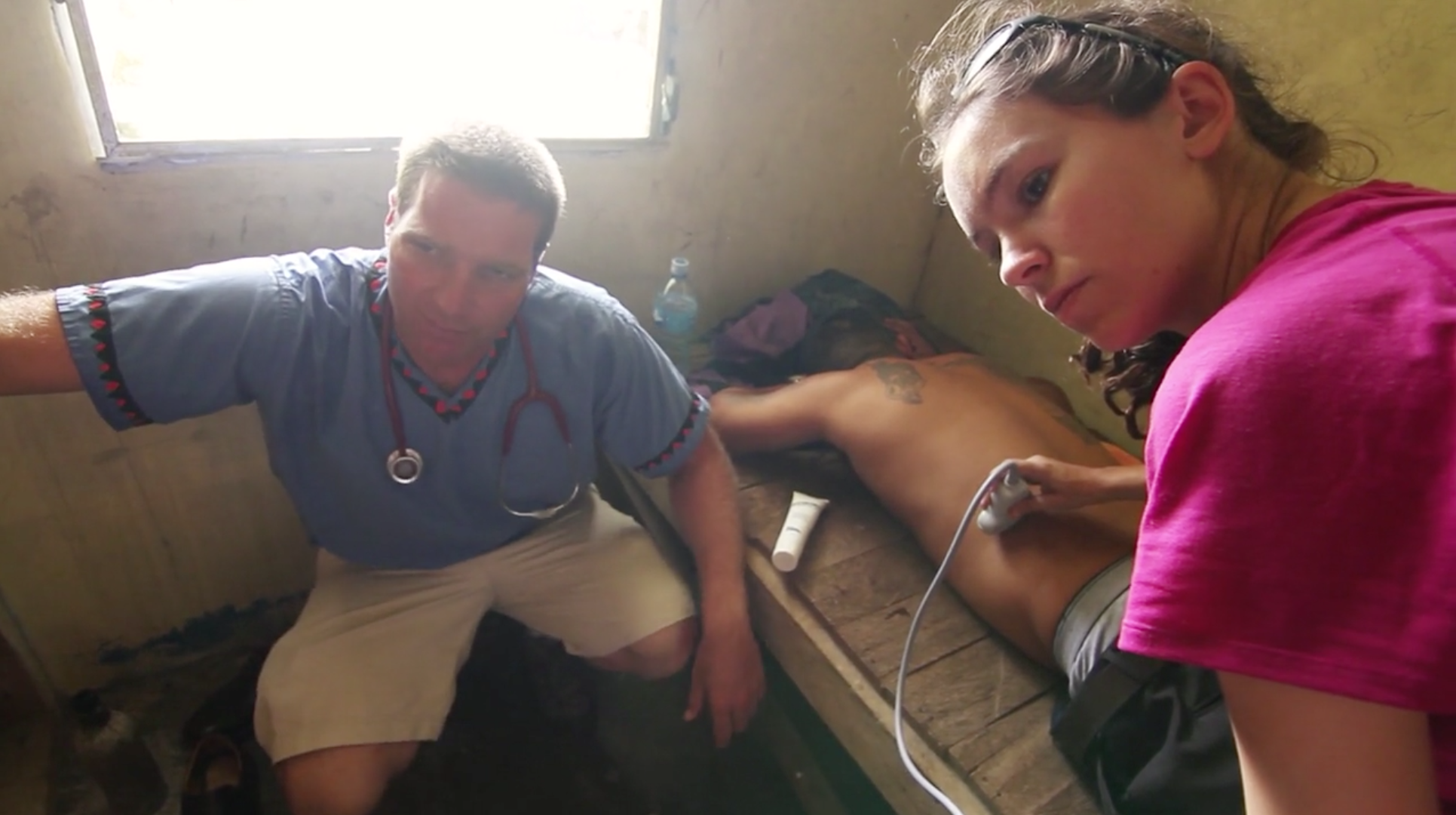Rotterdam, Netherlands ambulance paramedics trained to diagnose AAA condition in transport

Amsterdam, 19th of January 2016.
[This is translated to English from the Netherland’s news paper]
The ambulances in Rotterdam Netherlands during the coming 5 months are equipped with ultrasound imaging that could be life saving with people with an AAA.


